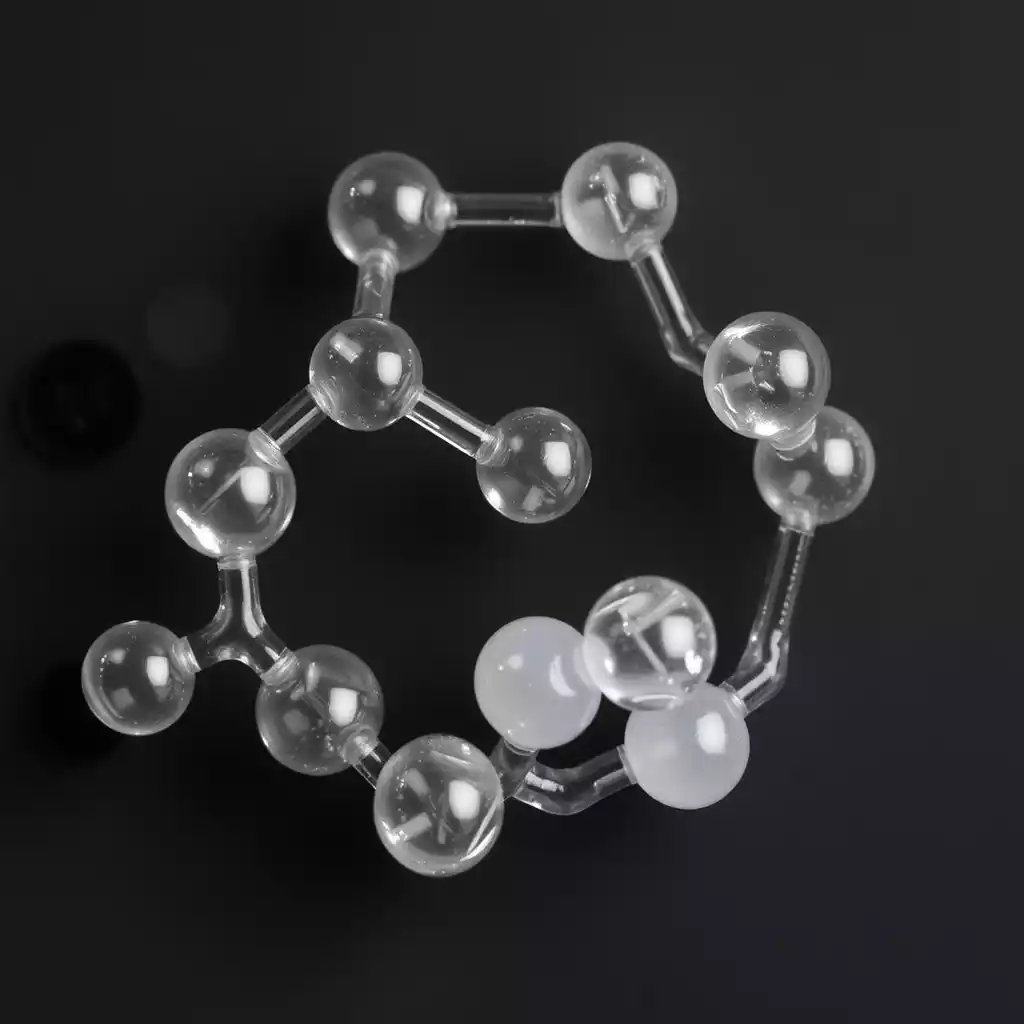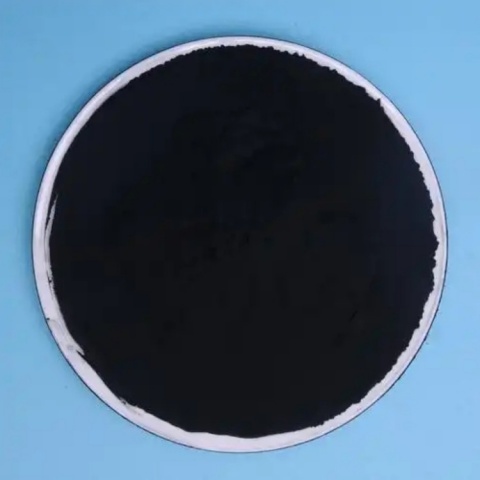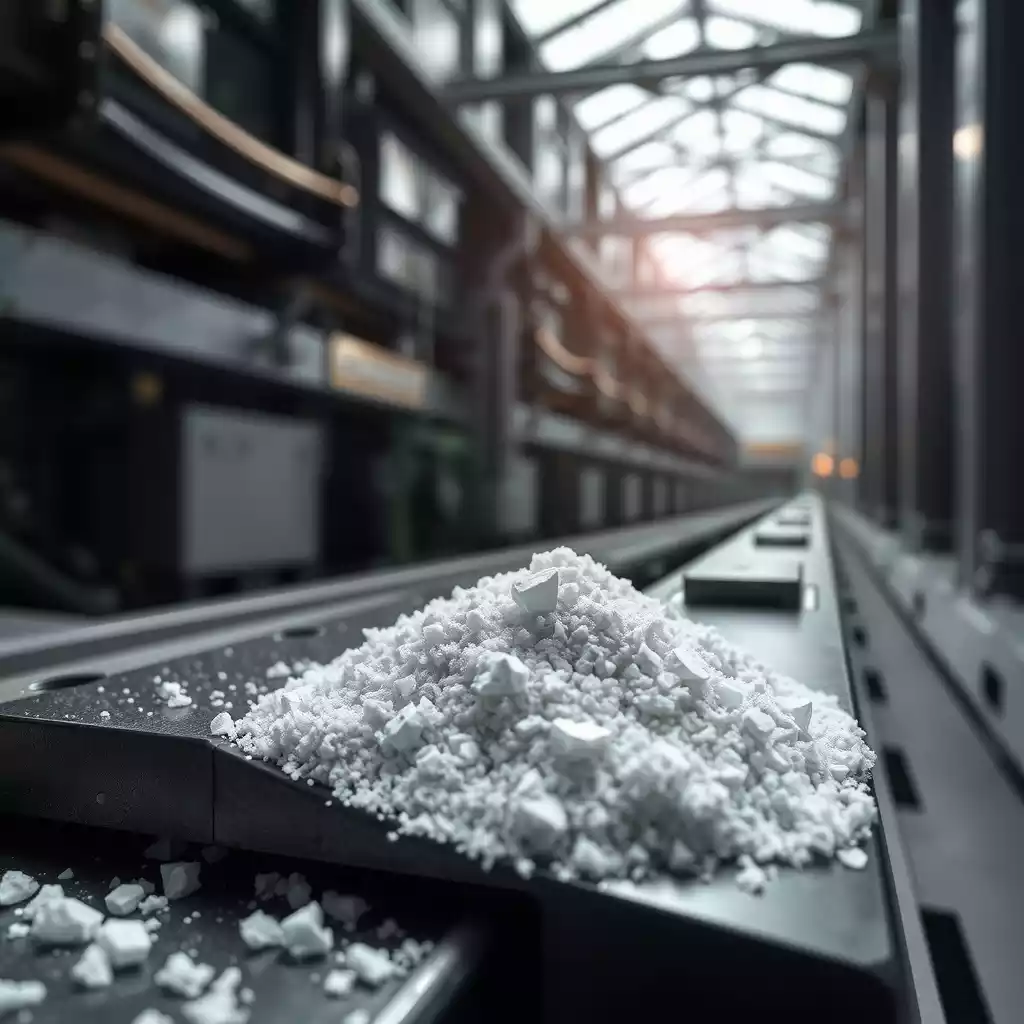![]()
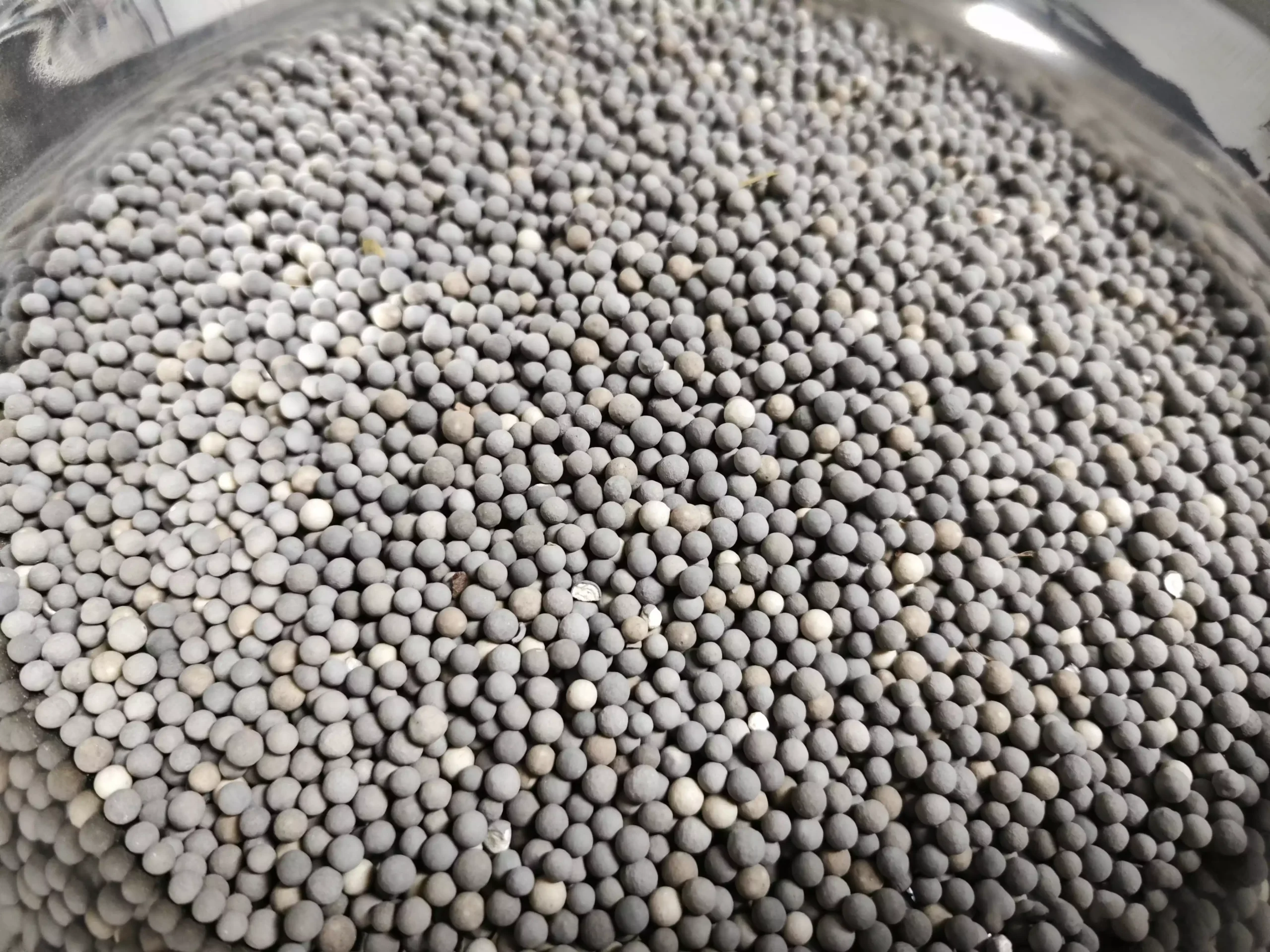
Precio del paladio sobre alúmina
El paladio sobre alúmina es un material catalizador clave que se utiliza en una amplia gama de aplicaciones industriales, incluidas las industrias automotriz y química. A medida que las empresas y los fabricantes de todo el mundo buscan comprar materias primas químicas a granel, Precio del paladio sobre alúmina se convierte en un factor fundamental en su proceso de toma de decisiones. Comprender qué influye en el precio del paladio sobre alúmina, sus especificaciones y sus aplicaciones puede ayudar a las empresas a tomar decisiones de compra informadas.
Tabla de contenido
¿Qué es el paladio sobre alúmina?
El paladio sobre alúmina es un producto que combina paladio, un metal precioso, con alúmina, un material muy estable y poroso. El paladio en sí es conocido por su capacidad de actuar como catalizador en diversas reacciones químicas. Cuando se combina con alúmina, forma un soporte de catalizador que aumenta la eficacia y la longevidad del paladio en los procesos catalíticos.
Propiedades clave de Paladio sobre alúmina:
- Contenido de paladio: El rango varía entre 0,1% y 2,0%, dependiendo de la variante del producto.
- Tamaño de partícula: Disponible en tamaños como Ø1-3mm, Ø3-5mm, Ø2-4mm, Ø4-6mm.
- Forma cristalina: Incluye alúmina tipo α, tipo γ y tipo δ.
- Apariencia: Por lo general, son bolitas o esferas de color marrón oscuro.
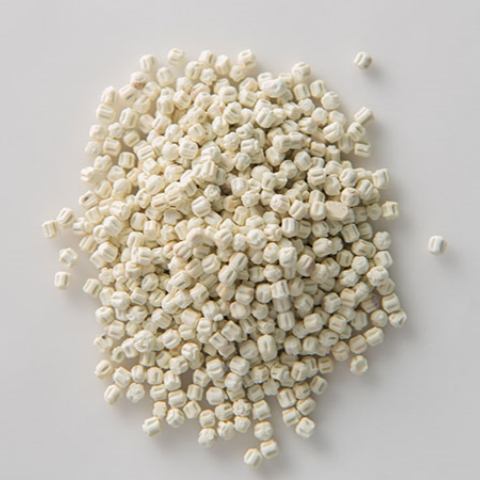
Estas características únicas hacen que Paladio sobre alúmina Ideal para uso en convertidores catalíticos y otras aplicaciones que requieren catalizadores duraderos y eficientes.
Factores que afectan el precio del paladio sobre alúmina
El Precio del paladio sobre alúmina El precio del paladio puede fluctuar en función de varios factores. El precio del paladio, como metal precioso, es el que más influye. Las tendencias del mercado mundial, la oferta y la demanda, los factores geopolíticos y las necesidades industriales influyen en la determinación del precio final.
- Volatilidad del precio del paladio: El precio del paladio ha sido muy volátil debido a su oferta limitada y a la creciente demanda en sectores como el automotriz y el electrónico. La creciente adopción de convertidores catalíticos en vehículos impulsa la demanda de paladio, lo que afecta directamente el precio del paladio sobre alúmina.
- Disponibilidad de alúmina: La alúmina, el material de soporte del paladio sobre alúmina, está ampliamente disponible, pero su costo puede variar según las operaciones mineras globales, los costos de envío y transporte. Las fluctuaciones en los precios de la alúmina también pueden influir en el precio general del paladio sobre alúmina.
- Costos de producción: El proceso de fabricación del paladio sobre alúmina implica técnicas sofisticadas para garantizar una dispersión óptima del paladio sobre la superficie de la alúmina. Los costos de mano de obra, tecnología y energía durante la producción también influyen en el precio final del producto.
- Demanda del mercado: El paladio sobre alúmina se utiliza en diversas industrias, como la automotriz, la producción química y la electrónica. Un aumento en la demanda industrial, especialmente en regiones como Europa, América, Corea del Sur, Japón, Rusia e Irán, puede provocar aumentos de precios.
Cómo obtener el mejor precio para el paladio sobre alúmina
Adquisitivo Paladio sobre alúmina Al precio justo, es necesario comprender la dinámica del mercado y establecer relaciones con proveedores confiables. Entre los factores que se deben tener en cuenta se incluyen los siguientes:
- Descuentos por volumen: Las compras al por mayor suelen dar lugar a precios reducidos por unidad. Las empresas que compran regularmente materias primas químicas como paladio sobre alúmina pueden calificar para descuentos por volumen.
- Negociaciones con proveedores: Los contratos a largo plazo con los proveedores también pueden ayudar a conseguir mejores precios. Los proveedores de países con acceso a reservas de paladio, como Rusia y Sudáfrica, pueden ofrecer precios más competitivos.
- Cadenas de suministro globales: Trabajar con proveedores que puedan agilizar los envíos globales y reducir los costos de transporte puede generar mejores precios para pedidos al por mayor.
Aplicaciones del paladio sobre alúmina
El paladio sobre alúmina se utiliza con mayor frecuencia como catalizador en procesos industriales. Algunas de sus principales aplicaciones incluyen:
Convertidores Catalíticos para la Industria Automotriz
El paladio sobre alúmina se utiliza ampliamente en los convertidores catalíticos de automóviles. Estos convertidores ayudan a reducir las emisiones nocivas al facilitar las reacciones químicas que descomponen los gases tóxicos en sustancias menos dañinas. Con el impulso mundial por lograr emisiones más limpias y regulaciones ambientales más estrictas, la demanda de paladio sobre alúmina en la industria automotriz continúa aumentando.
Industria petroquímica
En la industria petroquímica, el paladio sobre alúmina se utiliza en la hidrogenación de compuestos orgánicos. Este proceso es crucial para producir una amplia variedad de productos químicos y combustibles.
Fabricación de productos electrónicos
El paladio sobre alúmina también se utiliza en la fabricación de productos electrónicos, particularmente en la producción de sensores y otros componentes electrónicos que requieren altos niveles de precisión y durabilidad.
Síntesis química fina
La síntesis química fina implica el uso de paladio sobre alúmina para catalizar reacciones que son fundamentales para la producción de productos químicos especiales utilizados en las industrias farmacéutica, agrícola y de alta tecnología.
Mercados globales de paladio sobre alúmina
El paladio sobre alúmina es un producto esencial para empresas de todo el mundo. Sus principales mercados son:
- Europa y América del Norte – Regiones líderes en producción industrial y automotriz.
- Corea del Sur y Japón – Mercados líderes en las industrias electrónica y automotriz, donde el paladio sobre alúmina se utiliza ampliamente en procesos catalíticos.
- Rusia e Irán – Países con ricos yacimientos de paladio y alúmina, lo que genera precios competitivos y ventajas en la cadena de suministro.
Preguntas frecuentes: Paladio sobre alúmina
- ¿Para qué se utiliza el paladio sobre alúmina? El paladio sobre alúmina se utiliza principalmente como catalizador en convertidores catalíticos de automóviles y otras reacciones químicas.
- ¿Por qué es caro el paladio sobre alúmina? El costo del paladio, un metal precioso, afecta significativamente el precio del paladio sobre alúmina.
- ¿Cómo puedo comprar paladio sobre alúmina al por mayor? Puede comprar paladio sobre alúmina al por mayor de proveedores confiables que ofrecen precios competitivos para pedidos grandes.
- ¿El paladio sobre alúmina está disponible a nivel mundial? Sí, el paladio sobre alúmina está ampliamente disponible en los mercados internacionales, especialmente en Europa, América, Japón y Corea del Sur.
- ¿Se puede reciclar el paladio sobre alúmina? Sí, el paladio sobre alúmina se puede reciclar, particularmente el procedente de convertidores catalíticos usados, donde el paladio se recupera y se reutiliza.
- ¿Cuál es el impacto de las cadenas de suministro globales del paladio en los precios de la alúmina? Las cadenas de suministro globales pueden influir en los precios en función de los costos de transporte y fabricación, y los factores regionales afectan el precio general.
- ¿Cómo puedo garantizar un suministro constante de paladio sobre alúmina? Establecer contratos a largo plazo con proveedores o comprar a países con abundantes reservas de paladio, como Rusia o Sudáfrica, puede garantizar un suministro constante.
- ¿Qué industrias se benefician más del paladio sobre alúmina? Las industrias automotriz, petroquímica y electrónica son los mayores consumidores de paladio sobre alúmina.
Conclusión:
El Precio del paladio sobre alúmina El precio del paladio está influenciado por diversos factores, entre ellos el precio del paladio, los costos de producción y las cadenas de suministro globales. Como las industrias de todo el mundo dependen de este catalizador para sus procesos de fabricación, mantenerse informado sobre las tendencias del mercado puede ayudar a las empresas a conseguir precios competitivos. Para obtener información más detallada, visite Honrel Para sus necesidades de materias primas químicas.

